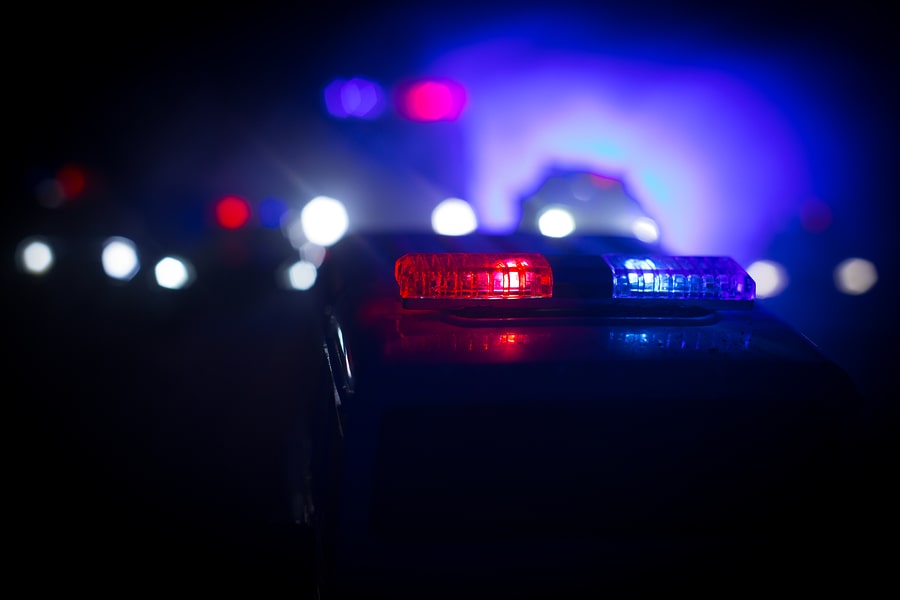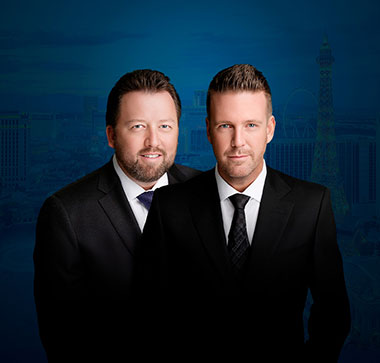A Nevada motorist who was being pursued by law enforcement on Tuesday July 27 on Interstate 15 near the Las Vegas Strip was shot and killed when they struck a Nevada Highway Patrol trooper with his car. The suspect was being chased for what was described as a “felony crime” and it resulted in the closure of the southbound lanes. The trooper tried to exit the vehicle and place stop sticks to deflate the tires of the suspect but was struck by a vehicle. The car being chased then stopped and Highway Patrol began to open fire.
No other vehicles or motorists were involved, but this is not always the case during police chases. This raises an important question: Who is responsible for damages or losses incurred if an accident takes place during a high-speed chase? The answer to this question is complicated, and the answer can be broken down as follows:
When the Suspect (Person Being Chased) is Responsible: A suspect in a high-speed chase is most likely to drive recklessly and disregard the safety of others or property damage they may cause. This type of driving increases risks of accidents and suspects are liable if the following occurs:
- The suspect gets in an accident with another vehicle
- The suspect’s reckless driving causes property damage
- The suspect’s reckless driving leads to injury or fatality of a bystander
- The suspect demonstrates negligence by ignoring speed limits
- An injured victim suffers emotional distress
When Law Enforcement Officials are Responsible: In most cases, law enforcement officials are not held liable to damages done during a high-speed chase. However, in some cases, they can be held liable for the following:
- They choose to pursue a chase where the risk outweighs the reward
- Do not stop the pursuit when a supervisor has instructed them to do so
- Fire weapons at moving vehicles absent a risk of death or serious injury
- Accidentally injure or kill a bystander
Safety Measures When Driving on Freeways or Other High Speed Roads
In addition to high-speed chases or other incidents that can occur on a freeway, driving on faster roads can be a challenge. Driver’s Education USA suggests that younger drivers stay off the freeway until they feel comfortable making quick lane changes, can control the vehicle at higher speeds, and have the focus to drive continuously without stops [1]. In addition, they suggest that all drivers should avoid or be cautious on freeways when there are bad weather conditions, traffic congestions/ accidents, and on days with increased drunk drivers (i.e. New Years, Labor Day, Fourth of July). [1] Some additional safety tips specific to freeways and higher speed roads are as follows:
- Avoid driving drowsy: Drowsy driving causes about 100,000 crashes on roads every year. Take plenty of breaks when driving long distance and take turns between drivers.
- Enter the freeway safely: When merging, ensure you turn on your signals, accelerate to a safe speed, and check over your shoulders and your blind spots to ensure there is enough space for you to switch lanes.
- Pay attention to the speed limit and stay in a safe lane: Freeways still have speed limits for you to follow, and it is not an opportunity for you to drive as fast as you want. Follow posted signs and adjust to the speed of the flow of traffic. In addition, the far-left lane is for those who are traveling a little faster while the far-right lane is for slower traffic. Choose an appropriate lane for you and stick to it. Weaving between lanes can increase the chance of getting in a car accident.
- Pass other vehicles safely: Pass other vehicles on the left, never on the right. When switching lanes use your turn signals to communicate and ensure there is a safe distance between you and your vehicle.
- Do not stay in another vehicles blind spot: Persistently staying in another car’s blind spot increase the risk of an accident.
- Leave enough space between you and the car in front of you: Since you are traveling at such high speeds, the stopping distance is longer on the freeway. Traveling too closely to a vehicle in front of you can make braking more difficult and can increase the risk of a collision. In addition, make sure you scan ahead for hazards and give yourself plenty of time to make a stop.
- Do not park on the side of a freeway unless there is space to do so: Parking on the side of a freeway should be done only if it is an emergency. Turn on your hazard lights and park as far from traffic as possible. Do not get out of the car or walk on the freeway; instead, call your insurance and/or a towing service.
[1] https://www.driverseducationusa.com/resources/how-to-drive-safely-on-freeways-highways/


